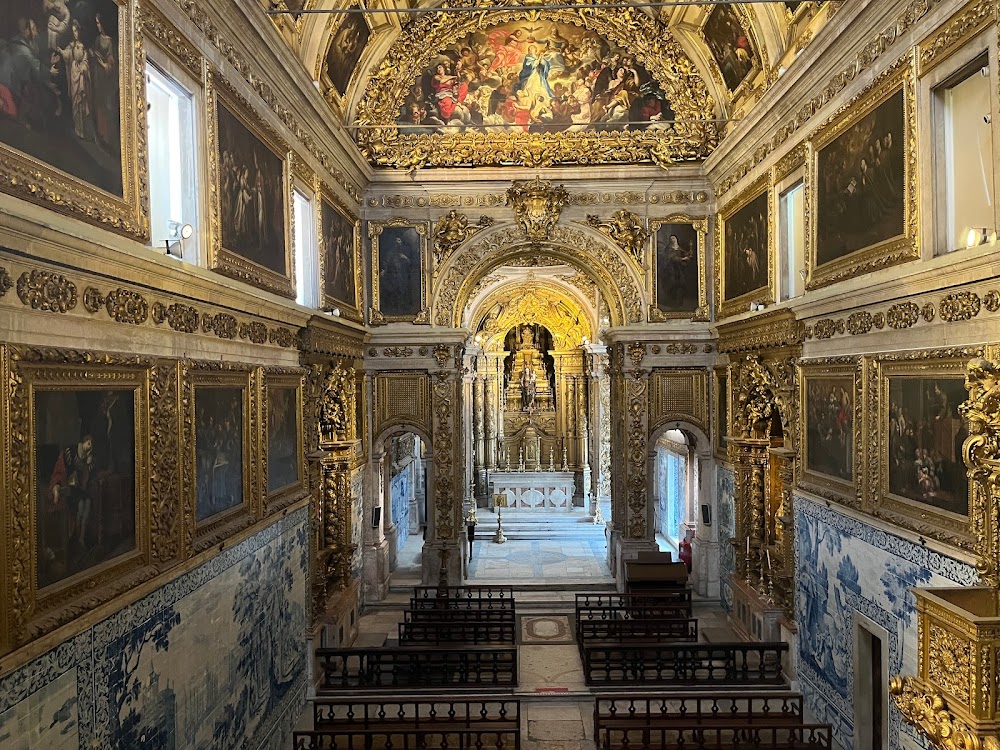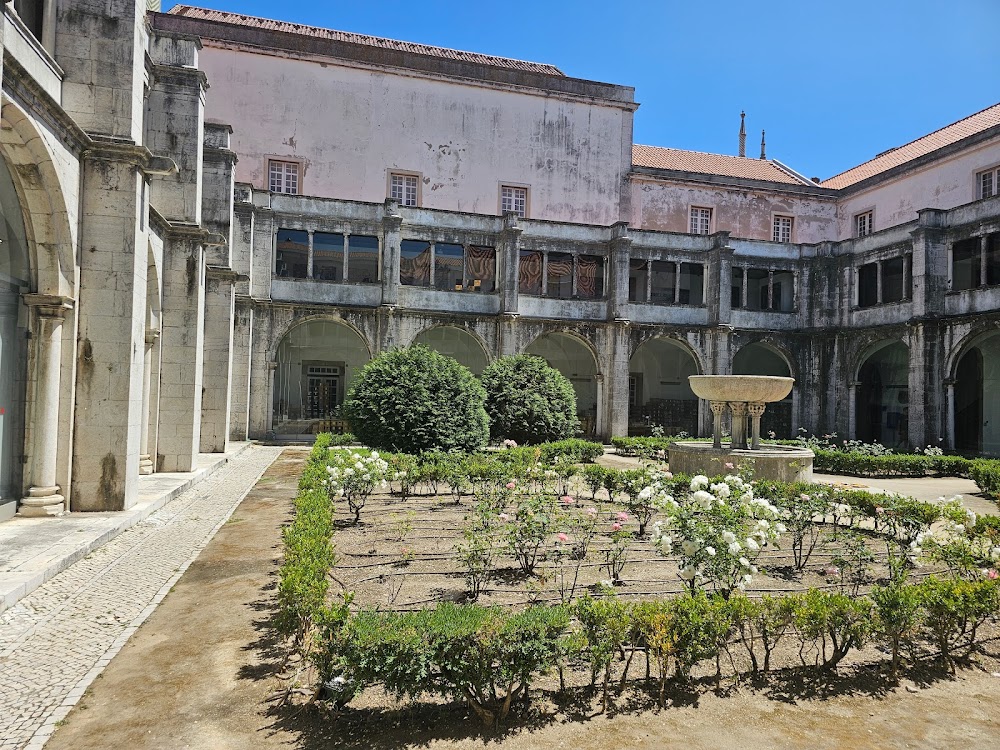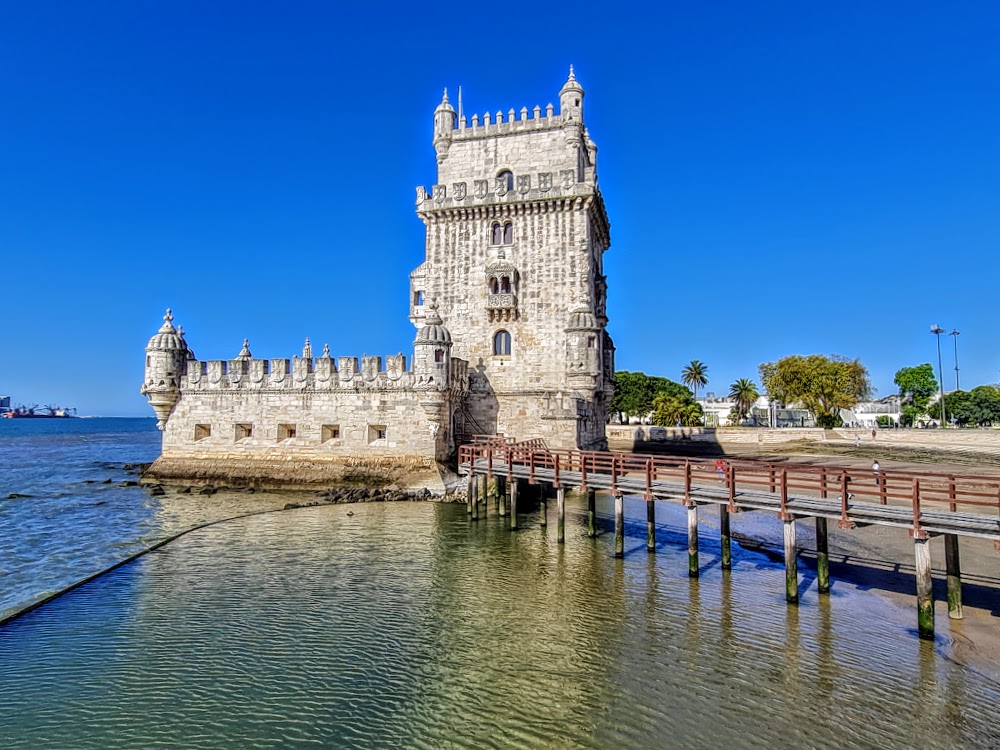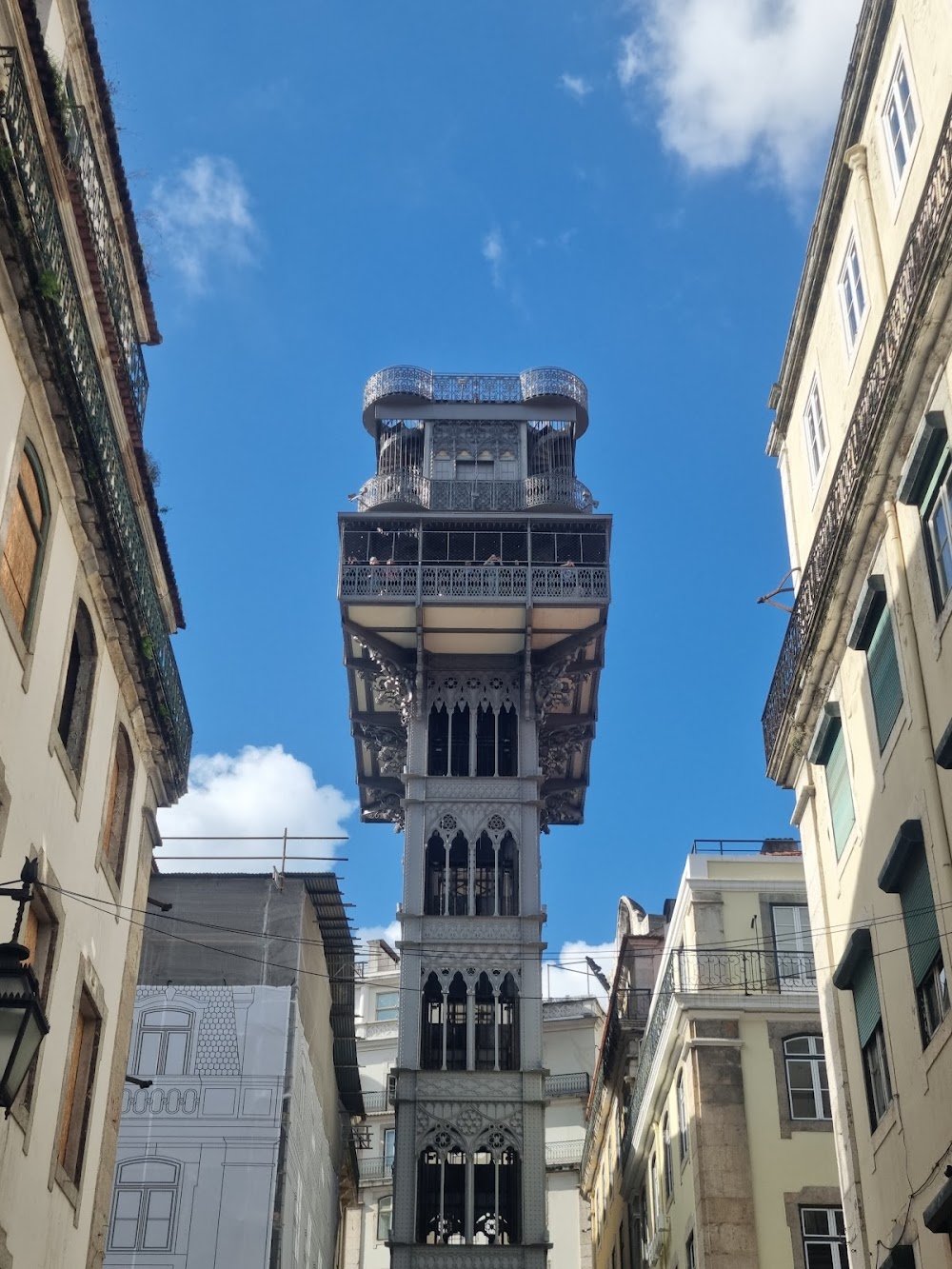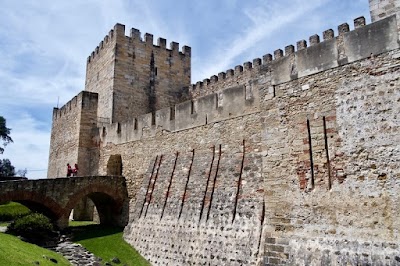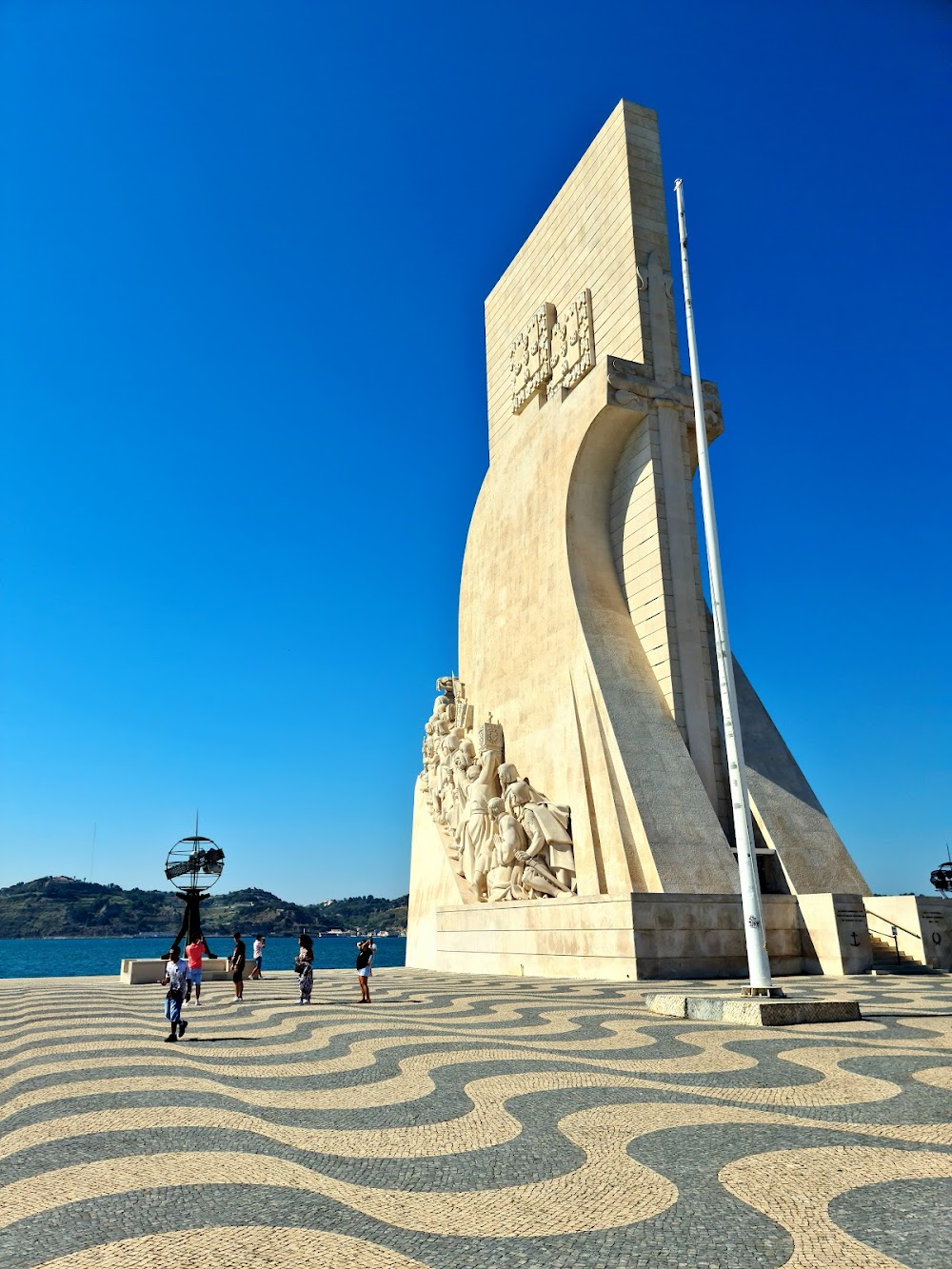National Azulejo Museum (Museu Nacional do Azulejo)
Overview
The National Tile Museum, also known as the National Azulejo Museum, is a captivating destination nestled in the heart of Lisbon, Portugal. This museum is dedicated to celebrating the rich art and history of the azulejo, a distinctive form of glazed ceramic tile that holds a cherished place in Portuguese culture. Housed within the stunning Madre de Deus Convent, the museum not only showcases the intricate beauty of these tiles but also highlights the architectural elegance of this historic site.
Founded in 1509 by Queen Leonor, the widow of King John II, the Madre de Deus Convent is a prime example of the Manueline style, a unique iteration of Late Gothic architecture that is distinctly Portuguese. Over the centuries, the convent has undergone various modifications, seamlessly integrating elements of the Renaissance, Baroque, and Mannerist styles. This evolution creates a living canvas that tells the story of architectural progress in Portugal.
The Museu Nacional do Azulejo was officially established in 1965 with the mission to preserve and honor Portugal’s long-standing tradition of tile-making, which dates back to the 13th century when the Moors introduced these decorative tiles. Initially characterized by simple designs and basic techniques, the craft of azulejo-making evolved to encompass intricate patterns, vibrant colors, and complex themes that depict rich religious, historical, and cultural narratives.
Upon entering the museum, visitors are welcomed by an impressive collection that spans from the early 15th century to contemporary works. The exhibits are thoughtfully arranged chronologically, allowing guests to trace the evolution of tile-making techniques, styles, and applications. From the moody, monochromatic hues of early tiles to the bold, polychromatic masterpieces of later periods, the museum provides a fascinating journey through time.
A highlight of the museum is the panoramic azulejo panel that depicts Lisbon before the catastrophic 1755 earthquake. Measuring an impressive 23 meters in length, this grand piece offers a vivid and detailed view of the city, providing invaluable insight into its historical landscape. As you stroll through the museum, you'll encounter various styles of azulejos, including the popular blue-and-white Dutch-inspired tiles from the 17th century, as well as the elaborate Baroque and Rococo tiles of the 18th century.
Additionally, the museum features a beautiful chapel adorned with azulejos and altar pieces crafted by renowned artists such as Manuel dos Santos. This sacred space exemplifies the harmonious blend of artistic expression and religious devotion that has characterized much of Portugal's artistic heritage.
The process of creating azulejos is both an art and a science. It begins with shaping tiles from clay, which are then fired in a kiln to become bisque. Once hardened, the tiles receive a layer of tin glaze, serving as a canvas for intricate designs. After the painting process, the tiles are glazed again and undergo a second firing, which fuses the pigments and glaze, resulting in the bright, glossy finish that azulejos are known for.
The museum is committed not only to preserving historical pieces but also to fostering the continuation of the azulejo tradition. Regular workshops and educational programs are held to teach the techniques of tile-making, inspiring new generations of artists. This dedication ensures that the art of azulejo remains a dynamic and integral part of Portuguese culture.
In summary, the National Tile Museum beautifully intertwines art, history, and architecture to narrate the story of the azulejo. From its humble Moorish origins to its regal and ornate expressions, every tile has a unique story to share. The museum stands as a tribute to the enduring beauty of this craft and a testament to Portugal's rich cultural heritage, drawing visitors from around the globe to marvel at its exceptional collections.


